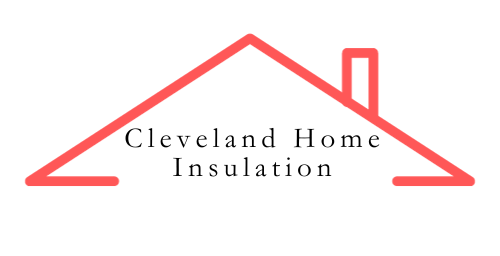Live the quiet life: Soundproofing by Cleveland Home Insulation
Turn down the noise, restore your calm
Can insulation bring peace and quiet?
If you have ever lived near a busy road, had a son or daughter learning a new instrument, or owned a few animals, you are aware of how overly-loud noises travel through and into your home and business space. These loud noises can disturb your train of thought, divert your attention, and make it hard to get things done.
Why do some dwellings suffer less from loud noises? Even when in the same neighborhood in Cleveland, some houses are just more peaceful inside. Consider the materials the house is constructed from...they play a crucial role in how sound waves will be reflected and absorbed inside the home, and the insulation especially plays a big part in absorbing and dissipating sound waves.
Restore the tranquility
What is the room made from?
If you're thinking about soundproofing an area in your home or building in Billings, MT, inspect the type of drywall and insulation that compose the walls of the room. Drywall that contains fiberglass will help much more for sound absorption than a regular half inch panel containing gypsum plaster and paper, and the difference in cost is not much. The insulation used in the walls and ceilings behind the drywall also plays a big role in how sound will be absorbed, dissipated, or reflected.
There are
four types of insulation that stand out when wanting to soundproof. These four types are:
Open cell spray foam,
Fiberglass insulation,
Cellulose insulation and
Mineral wool insulation and they are the top candidates that we will go over here.
Fiberglass insulation as soundproofing materials
I mentioned that other insulation types absorb sound using fibers. Fiberglass and is made in comparable ways and absorb sound similarly. They're made by superheating material, glass is used for fiberglass and a rock/slag mixture is used for mineral wool. These materials are heated at thousands of degrees until they are a liquid and then spun around in massive chambers into a thin strand. The strands are gathered together into sheets and can then be cut down, rolled, stored, and sold. To help you imagine the process, its kinda like a massive cotton candy - insulation machine!
The sheets of fibers that result are excellent at trapping sound waves, and letting them work out their energy as vibrations. In fact, Fiberglass insulation is one of the most economical materials used to insulate against sound. It's a more cost-effective material than mineral wool, it performs well, installs easily before drywall has been applied, and does a darn good job at absorbing sound. A thicker application or even a double layer will produce even better results.
Cellulose insulation for sound absorption
Cellulose insulation is created from recycled materials, mostly paper. Its Eco-friendly, and does a good job at absorbing sound waves with its paper fibers. This insulation is tightly packed into walls, whether finished or unfinished, with a professional grade blowing machine. Sound waves that enter the fibers are able to vibrate away into nothing, reducing passage to the other areas of the building as clear sounds. Cellulose is the other type of soundproofing insulation that can be installed into existing and finished walls.
What about sound panels?
Sound panels are marketed as a soundproofing device. Some of them have multiple layers of absorbent cushions placed under nicely decorated artwork, others are egg crate foam with double-sided tape on the back. Let me uncover the mystery...these do nothing to stop sounds from exiting a room. Sound panels only work to control sound waves inside of the room they're placed in. If stopping an echo is a concern, yes, by all means these will do the trick, but they will not stop people in other rooms from hearing you. They are not sound proofing materials, they are echo proofing materials, and if the end goal is to sound proof, panels will not accomplish that task.
Truth Time
I'm going to say something that might shock you, especially after reading this article, sound PROOFING is not real, not exactly. Sound proofing is a goal to reduce noise interference to a point where it does not intrude in our daily lives. If a person screaming during a Call of Duty match is only heard as a mumble, the soundproofing has succeeded, but has not eliminated ALL of the sound.
We have studied and quantified the ability of human voices to travel through and into matter, referred to as Sound Transmission Class, or STC, here in America. Sound Transmission Class has a range of 25-65. At the minimum of 25, voices can be heard and understood on the other side. At STC 60 and over, those residing close by will not hear most sounds coming from your space. A middle rating of STC 40 puts loud voices at just a buzz.
Those who live near noisy areas (or have children who ARE the noisy areas...speaking from personal experience) will appreciate a higher sound transmission class rating.
Proper Sound Proofing, Professional Results
Cleveland Home Insulation employs soundproofing professionals with the knowledge, abilities, and personnel to build you the perfect soundproofed room, whether you're installing a home theater system or have a drummer in the family, we are here to help! We work with all types of buildings, homes, budgets to provide the best solutions to our customers. Its our promise to you!
Want to know more or are you ready to talk?
Call Cleveland Home Insulation today at 330-773-7377
or
send us a message
at any time and one of our representatives will get back to you as soon as we are able. See you soon Cleveland!
